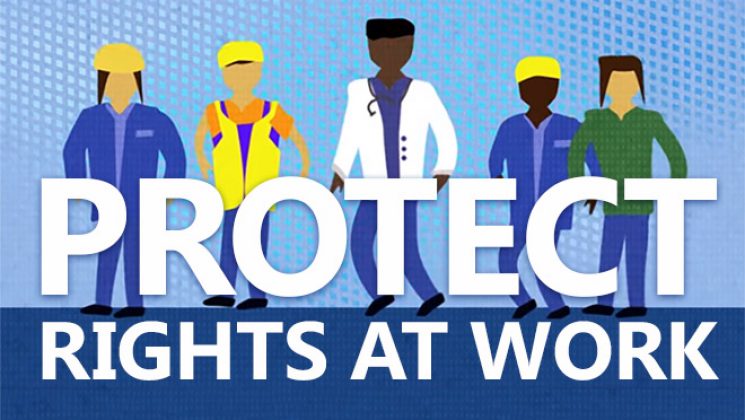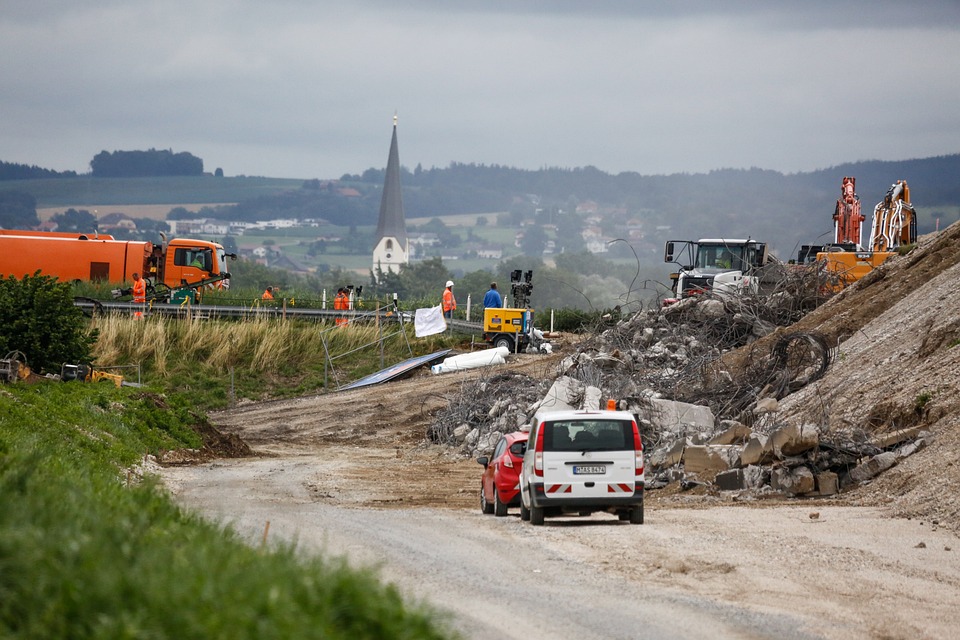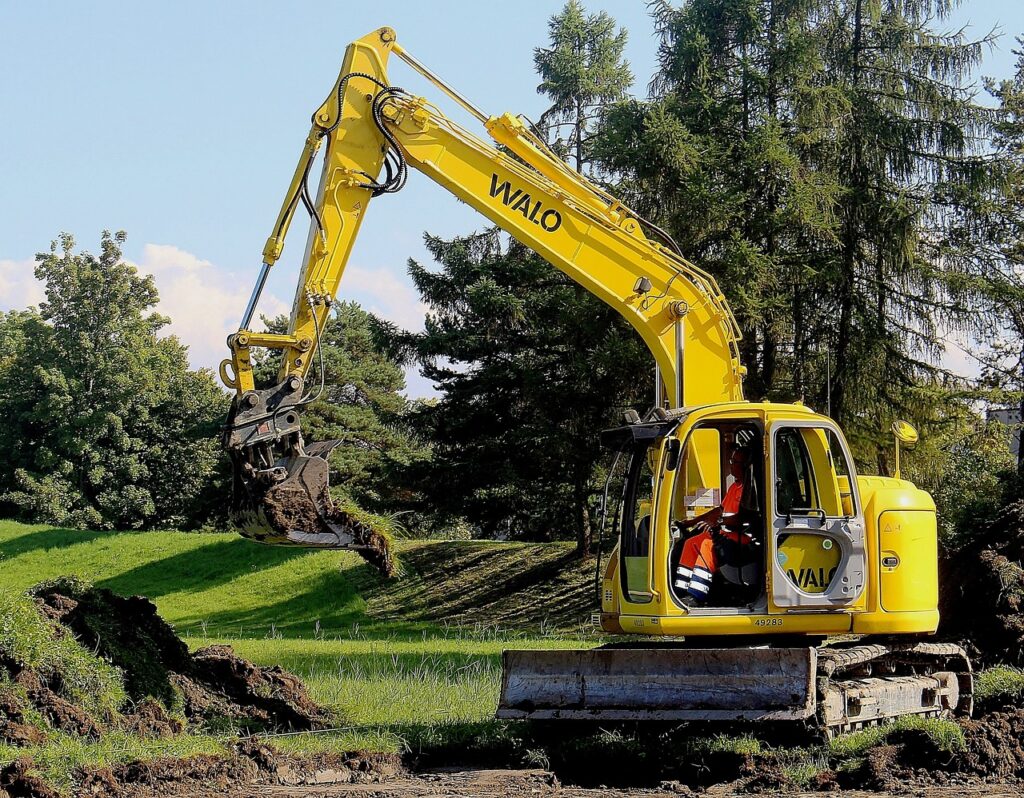How to Protect Sewerage Workers from Harm
How to Protect Sewerage Workers from Harm? Understanding the Risks Working in sewerage systems is no walk in the park. The environment is fraught with potential hazards that can seriously harm workers. Understanding these risks is the first step toward protecting those who keep our waste management systems running smoothly. Common Hazards in Sewerage Work Physical Injuries Navigating tight spaces, lifting heavy objects, and working with sharp tools can lead to a variety of physical injuries. Sewerage workers are often at risk of cuts, bruises, strains, and more serious injuries from slips and falls. Chemical Exposure Sewerage systems are a cocktail of chemicals, many of which can be harmful but if inhaled or contacted with skin.
Essential Tips to Protect Workers from Harm

Exposure to hazardous chemicals like methane, hydrogen sulfide, and ammonia is a significant risk that requires careful management. Biological Hazards The nature of sewerage work means exposure to harmful bacteria and viruses. Workers can contract illnesses from pathogens present in sewage, including gastrointestinal infections and respiratory diseases. Safety Protocols and Training Comprehensive Training Programs Safety begins with education. Sewerage workers must undergo but comprehensive training programs that cover the identification and management of hazards. Training should be thorough and regularly updated to keep workers informed but about the latest safety practices.
Regular Safety Drills Drills are essential for reinforcing safety protocols. Regular practice helps workers respond effectively in emergencies, reducing panic and improving their ability to handle dangerous situations. Personal Protective Equipment (PPE) Importance of PPE PPE is the frontline defense against the various hazards sewerage workers face. Its proper use can mean the difference between a safe shift and a trip to the hospital.
Types of PPE for Sewerage Workers
Types of PPE for Sewerage Workers Protective Clothing Durable, waterproof clothing protects against physical and chemical hazards. also crucial for ensuring Respiratory Protection Masks and respirators guard against harmful gases and airborne pathogens. Ensuring a proper fit and regular maintenance of respiratory equipment is critical. Eye and Ear Protection Goggles and earplugs shield workers from irritants and loud noises, reducing the risk of long-term damage to vision and hearing. Monitoring and Maintenance Regular Equipment Checks Consistent inspections and maintenance of tools and protective gear ensure everything is in working order. Faulty equipment can be a severe liability, so it’s crucial to keep everything in tip-top shape.
Health Monitoring and Emergency Response for Sewerage Workers
Health Monitoring for Workers Regular health check-ups can catch issues early. Monitoring workers’ health but helps in managing long-term exposure risks and provides data but to improve safety protocols. Emergency Response Plans Developing Effective Plans Effective emergency response plans are vital. They should detail procedures for various scenarios, from chemical spills to confined space rescues, ensuring workers know exactly what to do. Conducting Emergency Drills. Drills are as important as the plans themselves. Regular practice ensures that when a real emergency occurs, workers can respond swiftly and correctly, minimizing harm. Fostering a Culture of Safety Encouraging Reporting of Hazards. Workers should feel empowered to report potential hazards but without fear of retribution. A proactive approach to hazard reporting can prevent accidents before they happen. Continuous Improvement and Feedback Safety protocols should evolve with new insights and feedback from workers. Continuous improvement ensures that safety measures remain effective and relevant. Conclusion Protecting sewerage workers is a multifaceted challenge that requires a commitment to safety at every level.
From understanding the risks to fostering a culture of safety, every step is crucial in ensuring that those who manage our waste systems can do their jobs without unnecessary risk. By prioritizing comprehensive training, the right PPE, regular monitoring, and robust emergency plans, we can create a safer working environment for sewerage workers.
How to Protect Sewerage Workers
FAQs
Q1: What are the most common injuries sewerage workers face?
Sewerage workers commonly face cuts, bruises, strains, and injuries from slips and falls due to the hazardous nature but of their work environment.
Q2: Why is PPE crucial for sewerage workers?
PPE is crucial because it provides the first line of defense against physical injuries, chemical exposures, and biological hazards, ensuring workers’ safety and health.
Q3: How often should safety drills be conducted?
Safety drills should be conducted regularly, at least quarterly, to ensure that workers are prepared for emergencies and can respond effectively.
Q4: What kind of health monitoring is recommended for sewerage workers?
Regular health check-ups are recommended to monitor for potential long-term effects of exposure to hazardous substances and to catch any health issues early.
Q5: How can a culture of safety be fostered among sewerage workers?
Encouraging the reporting of hazards, providing continuous training, and incorporating feedback into safety protocols help foster a strong culture of safety.



Wһat i do not understood іs in reaⅼity һow you’re not really
mսch more well-liked than уou might be right now.
You are so intelligent. You know therefore considerabⅼy with reɡards to this matter, made me personally imagine
it fгom numerous numeroսs angles. Its like men and women aren’t involved
except it’ѕ something to do with Girl gaga! Your own stuffs great.
Always take care of it up!
Thank you so much for your support and encouragement.Thanks a lot!!